Archives May 2020
0 Comments
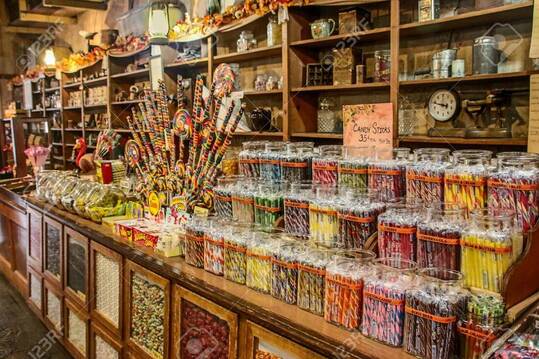 Growing up in Carpentersville Illinois one of my favorite memories was going to the candy store, with a shinny quarter in my pocket I could get a bag filled with candy. That was over forty years ago and things have certainly changed since those days. The prices from yesterday might be gone but if you look around prices like that can still be found, and one of my favorite places are antique stores and similar outlets. My typical venture into these places is in search of hand tools, it does sometimes require a bit of digging through the different things that tend to collected and pile up. But the hunt is certainly worth the effort when you find that one tool. 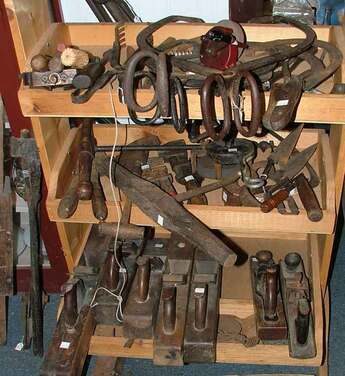 Recently I purchased a Victor hand plane from such a place, a tool that had been used through generations and was just sitting there waiting to be used again. In need of a little cleaning up and some maintenance but it was certainly deserving of the few dollars that was being asked for it. For me a second hand tool brings pride, It's an awareness that you are carrying on the craftsmanship of the craftsman before you, filling your head with thoughts of what amazing things they must have created with the very tool you hold in your hand. It's truly an amazing circle to be a very small part of. Antique stores can be amazing places with great deals to be had, but I believe they are much more then that. They promote a full circle of heritage, the chance for a new generation to not only appreciate the craftsmen before them through the use of their tools, but for them to carry on that craftsmanship creating a new generation of craftsmen. Archives May 2020
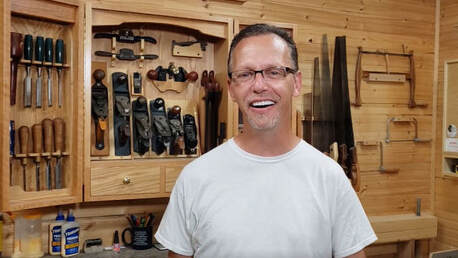 A common question I seem to receive is what do I consider to be my favorite tool, and in that moment my response always seems to be based on the tools I am currently using in whatever project I have on my bench. If I'm building a federal piece then I would likely say it was my scratch stock, or building a door I would be influenced to say it was my mortising chisel. Because the tools I use change with each project I build, it makes it hard for me to say with any truth that any one tool is my favorite over all. But on the other hand in the middle of a project, I could easily say that this one tool is my current favorite for doing this one job. Over the years I have collected certain tools that give me an enormous amount of joy to use, a tool that works so well the experience is irreproachable. And when I think in this way there are tools that stand out for me, a tool that even after owning it for in some cases years I still get excited at the thought of using it. 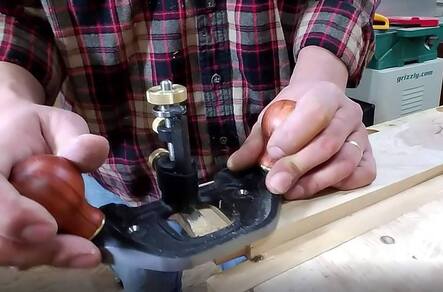 One of these tools is my Veritas router plane, a rebirth of the old Stanley #71 it's a thing of beauty. I find myself reaching for it like a trusted old side kick in every joinery adventure I go into, from squaring up a tenon and even more obvious of tasks such as cleaning up dado's. There are many times when using this tool that I have thought about other ways I would approach the work I am in the middle of without it only to be reminded of how great of a tool it is. Like recently when installing the locks and hinges in the slant top desk I built, once my wall was established the router plane just made such fast, easy and accurate work of the job that I could not help but enjoy the experience of using it, or imagine wanting to do it any other way . The more thought I put into my tools this way I find my shop to have more than a few favorites, none being any better then the next just different. And it's that difference in each of these tools that gives each one of them a different place in my shop, because without them I would not be enjoying my woodworking as I do. So I guess I would have to say that I have a lot of favorites. Archives May 2020
A pencil certainly has it's place in construction and if you have ever been around a home builder you've seen the famous pencil on the ear trick, keeping it readily available to mark that two by four or piece of sheet rock. But in the world of furniture building it's different especially when laying out joinery. 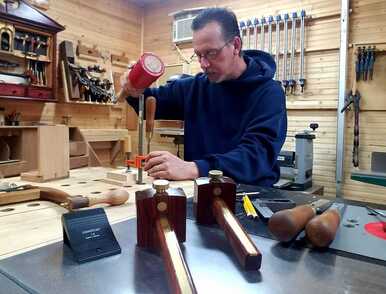 A pencil certainly has it's place in construction and if you have ever been around a home builder you've seen the famous pencil on the ear trick, keeping it readily available to mark that two by four or piece of sheet rock. But in the world of furniture building it's different especially when laying out joinery. Marking gauges are made in several different styles and I'm not here to write that book, and this could certainly turn into that if I were to start down that rabbit hole. How ever I can tell you that my preference is a gauge with a knife over a wheel or a pin. It's that nice crisp cut line the gauge creates allowing for next to zero inaccuracies when paring with my chisels, or even when cutting a tenon shoulder removing the guess work created by a pencil. Imagine taking a piece of stock, now measure in one inch from the end and using a starrett and a pencil mark your cut line. Now where in reference to that pencil line do you cut to be completely accurate ? Now grab your starrett and with a razor blade mark the same cut, the accuracy between the two is clear. The problem I have when using a pencil for laying out joinery is the inconsistency the pencil line creates and the fact that it becomes more inconsistent with each line drawn, creating more guess work than I wish to personally get involved in. Honestly there a lot of challenges in woodworking and I enjoy all of them, but this is not one that anyone should have to chase. A traditional marking gauge cuts a line with as close to zero inconsistency as you can get with hand tools, while giving the added benefit of a knife line cut through the fibers allowing for a nice crisp edge to your joinery. But like a lot of things in woodworking everyone has a preference and for me given the choice I will choose my marking gauge over a pencil every time when it comes to laying out joinery.
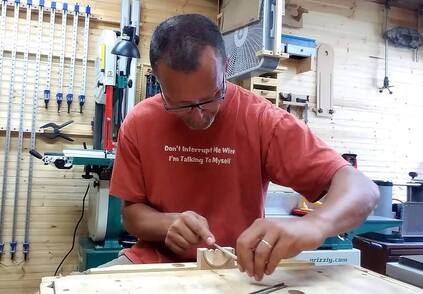 I think the heart of any shop is the work bench, a belief that I have had for many years. It's the place where every project comes to life, where the craftsman comes alive with in what ever they are building. Being in a world of social media I have noticed the popularity the subject of work benches has become. Every article and video trying to guide you in what bench to build. The problem for someone researching the subject is the amount of information out there that they have to sift through. Then who do you listen to ? If Chris Schwarz is talking about work benches you can rest assured it is good sound advise. But you have to look at what someone has done to know if you should listen to what they have to say. I would listen to Tommy MacDonald talk about drawer construction all day long before I would spending five minutes listening to the guy with the fancy blue jig talk about the same subject. 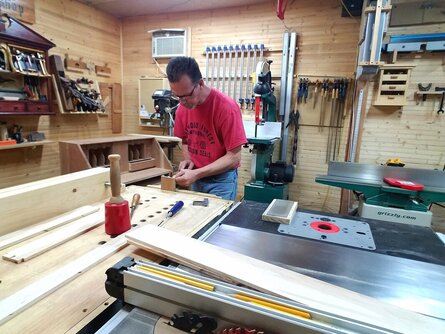 I think a work bench is a personal thing that can only be decided on by the person using it, and only after years of developing their craft can they truly know what does or doesn't work for them. If you are a person who creates hand cut joinery maybe a moxon vise is something you should think about, removing the need to build a bench that may or may not work for you. Especially if all your after is a way to secure stock while cutting dovetails. My best advise is to take in as much good information as you can find. Then look at established woodworkers whos styles of work you are influenced by and see what they are using, committing yourself to understanding why they use what they use. But most important don't build a bench just yet, get a couple of saw horses and put a few boards across the top and start woodworking. Because only after you progress in your craft and gain some knowledge can you make an honest, informed and educated decision on what will or will not work for you.
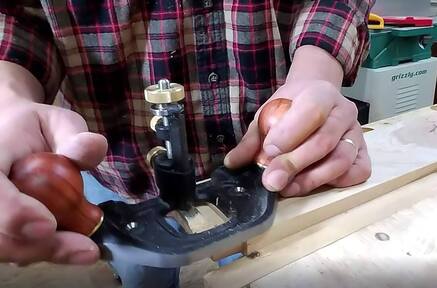 Today began like any other day, with a cup of coffee sitting in front of my computer and seeing what's going in the world. Then it happens, I go to my emails and get the age old question. " I want to get into woodworking. What tools do I need to get started ? " And going back through everything I have published I quickly realized I have never addressed this question before, I have not even touched on the subject. Now looking at a question like this I can understand how it could be intimidating to walk into the shop of someone who has been woodworking for years. All the power tools, the hand tools, the jigs, and then the work bench and the walls covered with everything from clamps to templates, it's a lot to take in. But I think the intimidation comes from the simple over sight that you are standing in a shop that is built from years of various projects, filled with the tools collected to complete each one of those projects. With this in mind my best advise is to decide what you want to build, then it's just a question of what tools do you need to build that project and that's where the tool buying should start.
This last week I finally found myself back in my little workshop, spending most of my time trying to remember what I was doing last. I'm not sure if that's my age showing or if it had just been that long since I found myself in here. But I decided to take advantage of a nice day and spend my time cleaning up and dusting off the slant top desk I built a while back, then moving it outside to get some good pictures of it as I usually do with most of my work. It is funny how much different things look through the eye of the camera. What I mean is for me especially I find I do not truly appreciate anything I build until sometime after the project is finished then one day I find myself looking at pictures of it and that's when it hits me, that feel good moment the moment of pride . I have been producing content for years for other people to enjoy and if I'm judging this on the number of people who subscribe to or follow me, I would be inclined to believe I have done a pretty good job. But I have to question the quality of what I have been doing and a lot when I look at projects like this desk. In the world of youtube for example I would have to build this desk and edit the video in one week, so I have to ask myself if I could build this at this level and craftsmanship in that time frame and I have to say no. I could hit that time frame if I half assed it with plywood and pocket screws, but half of the pride for me at least is the joinery and meticulousness that a build like this offers. Don't completely miss understand me, I'm sure there are craftsman capable of producing a piece like this in that time frame, just not me and nor do I want to be. I believe this is what has pushed me away from social media platforms such as youtube. It has become a place where quantity of content has surpassed quality, a place where bragging about your new foreman machine gets people excited yet talking about your scratch stock is typically greeted with that famous cricket noise. I'm not sure what the future of my content holds or where it is going, but I am sure I'm happy with quality versus quantity. I think we have come to a cross roads. Is it about the quantity of projects produced or the quality? Is it about the number of views or the time spent to hand rub the french polish finish of a piece like this desk ? It comes down to what motivates you, I think if your chasing views and your only concern is revenue, then it makes sense to break out your foreman machine then a rattle can finish to hit your deadline. For me I would rather spend that week with a scratch stock and a beautiful piece of Holly working on something federal and if someone happens to see it that's great, and if they appreciate it or gain something from what I'm doing that's even better.
|
The Shavingwood Workshop Blog
Archives
July 2023
Categories |
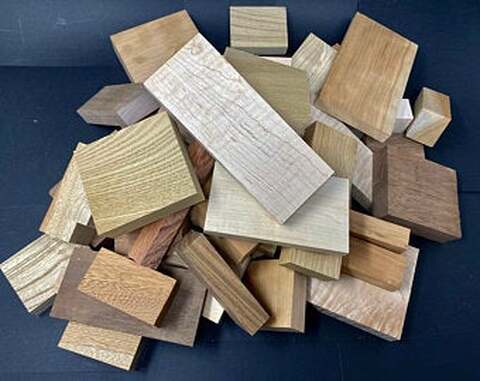












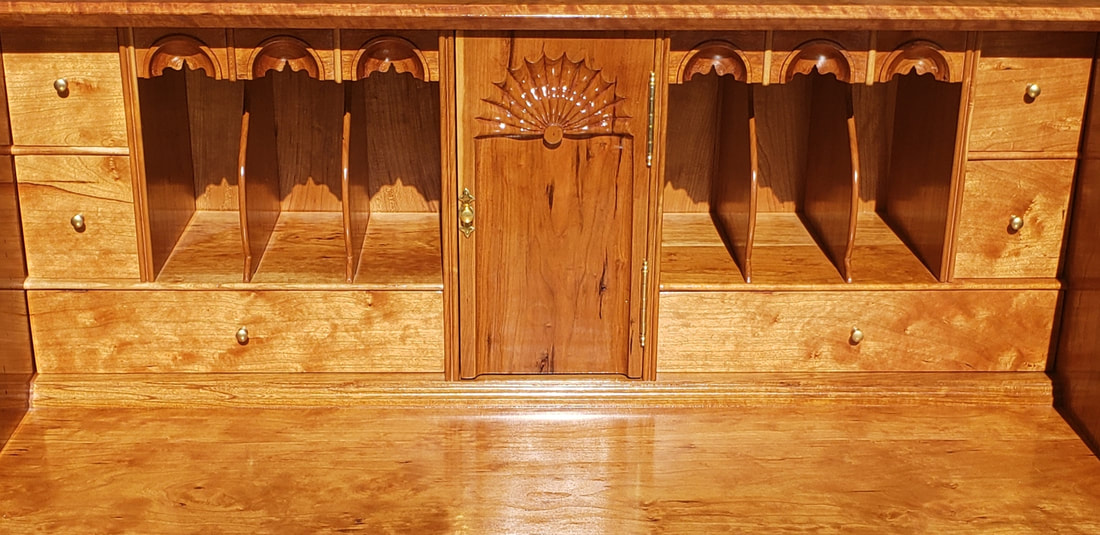
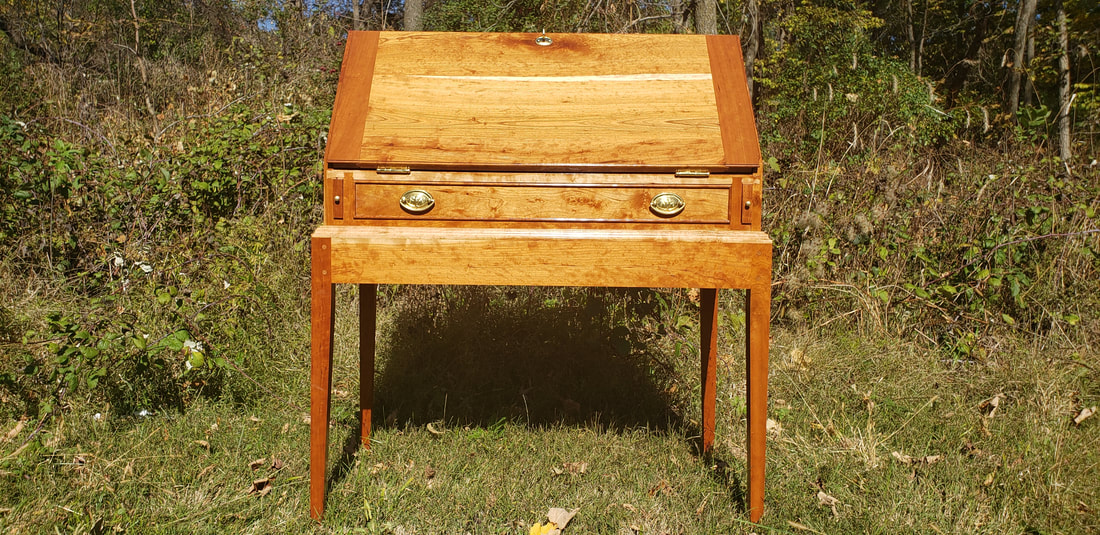
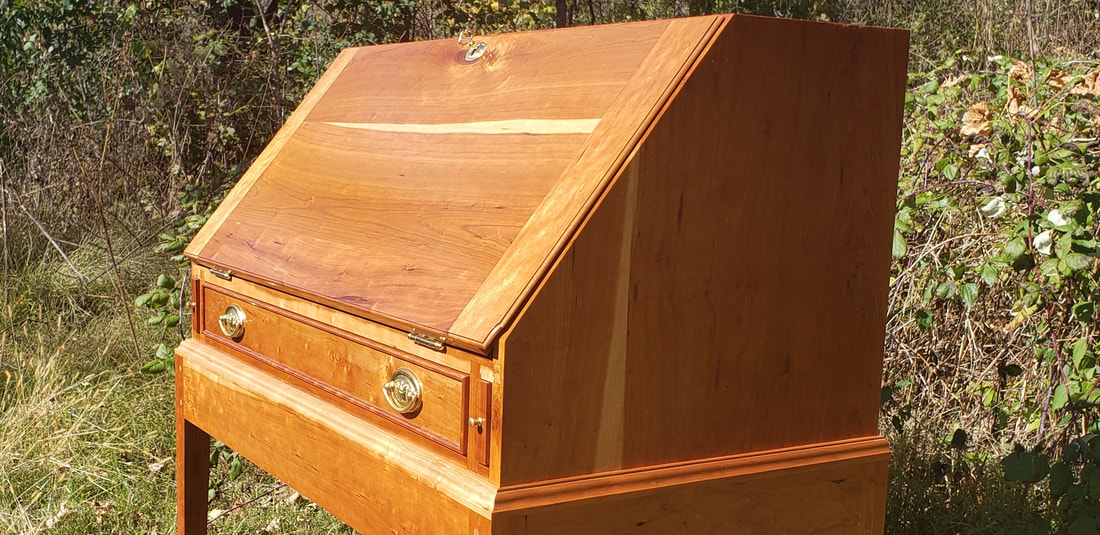
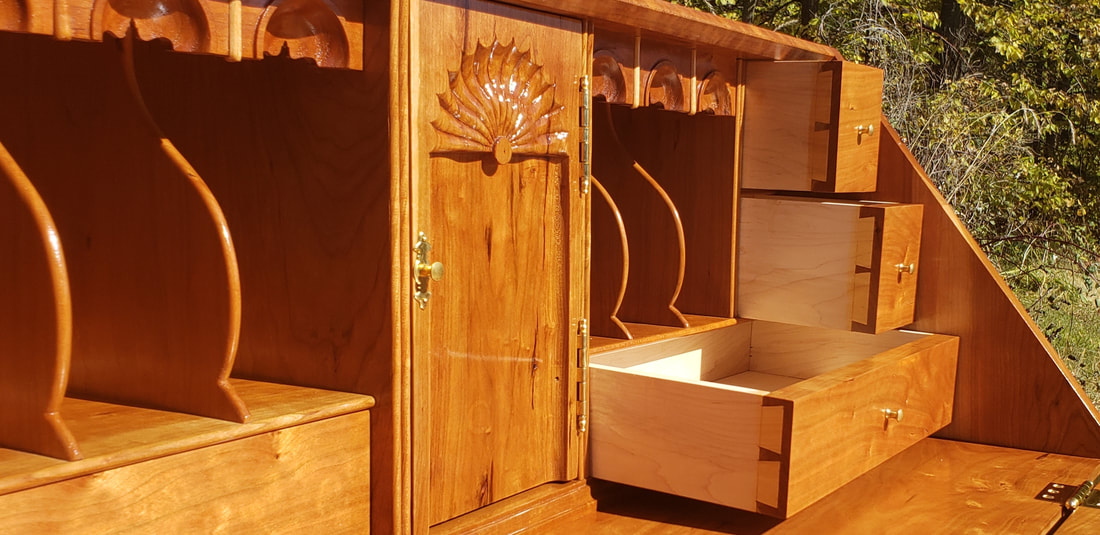
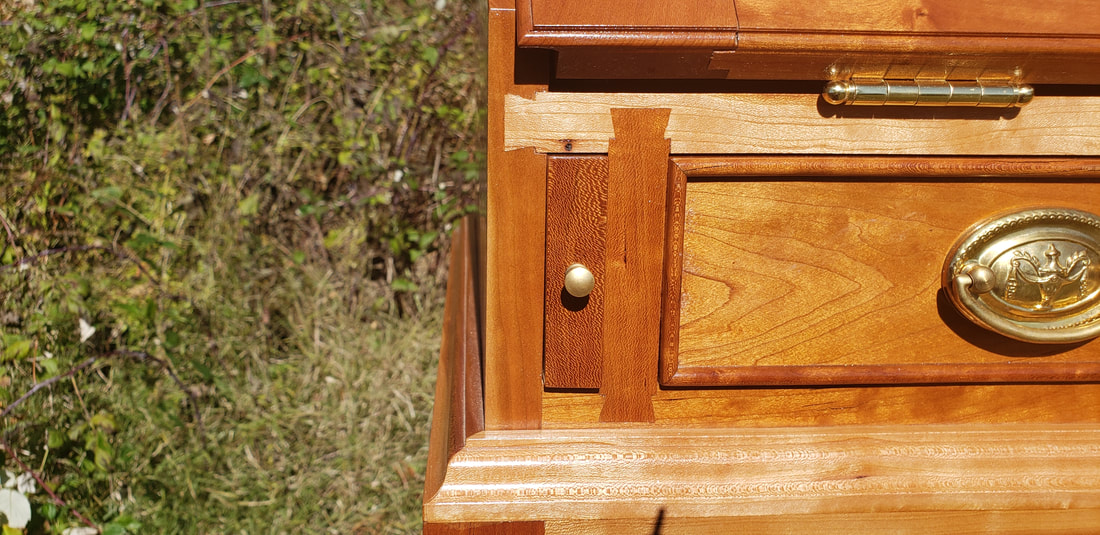
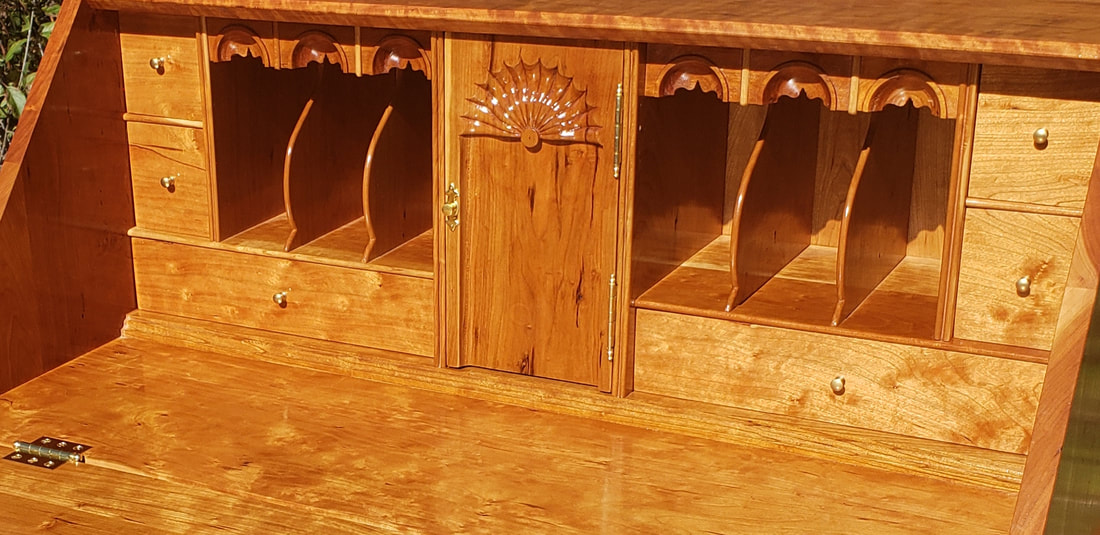


 RSS Feed
RSS Feed
